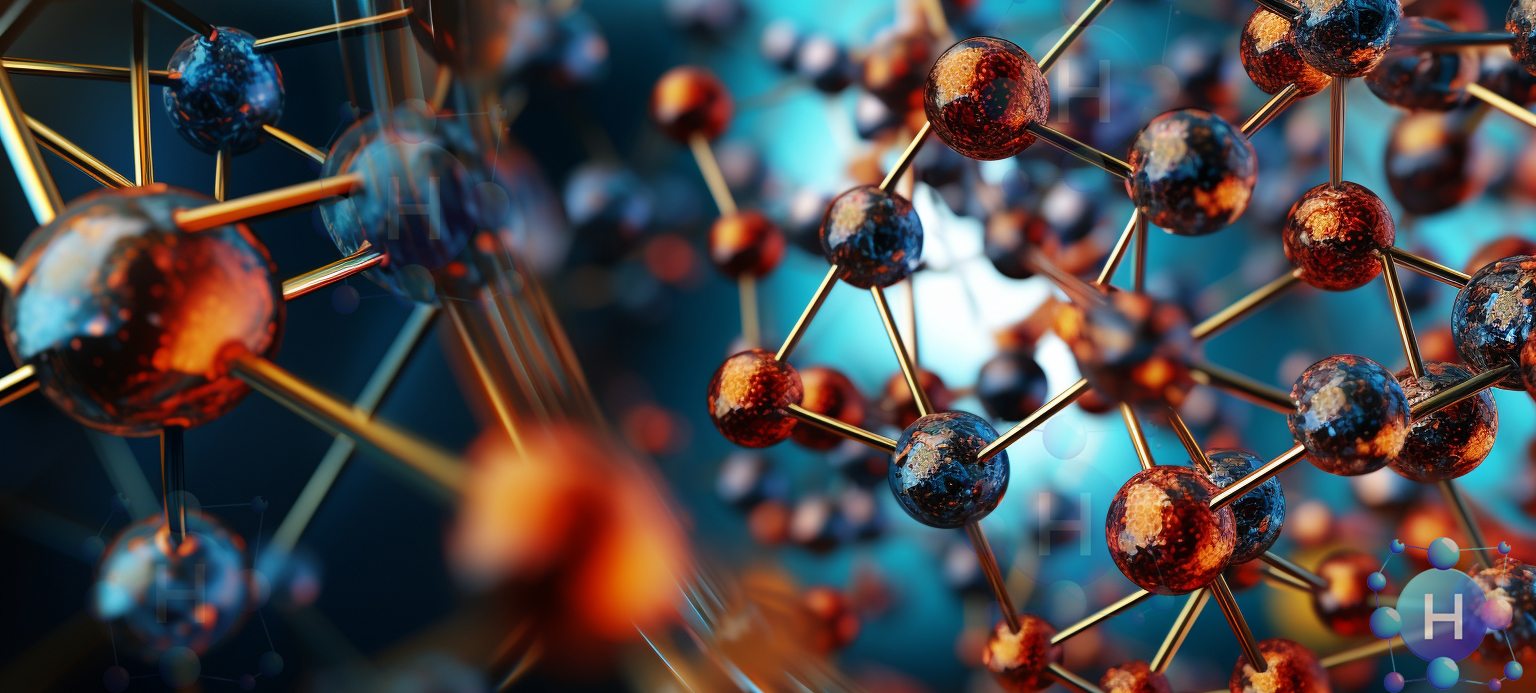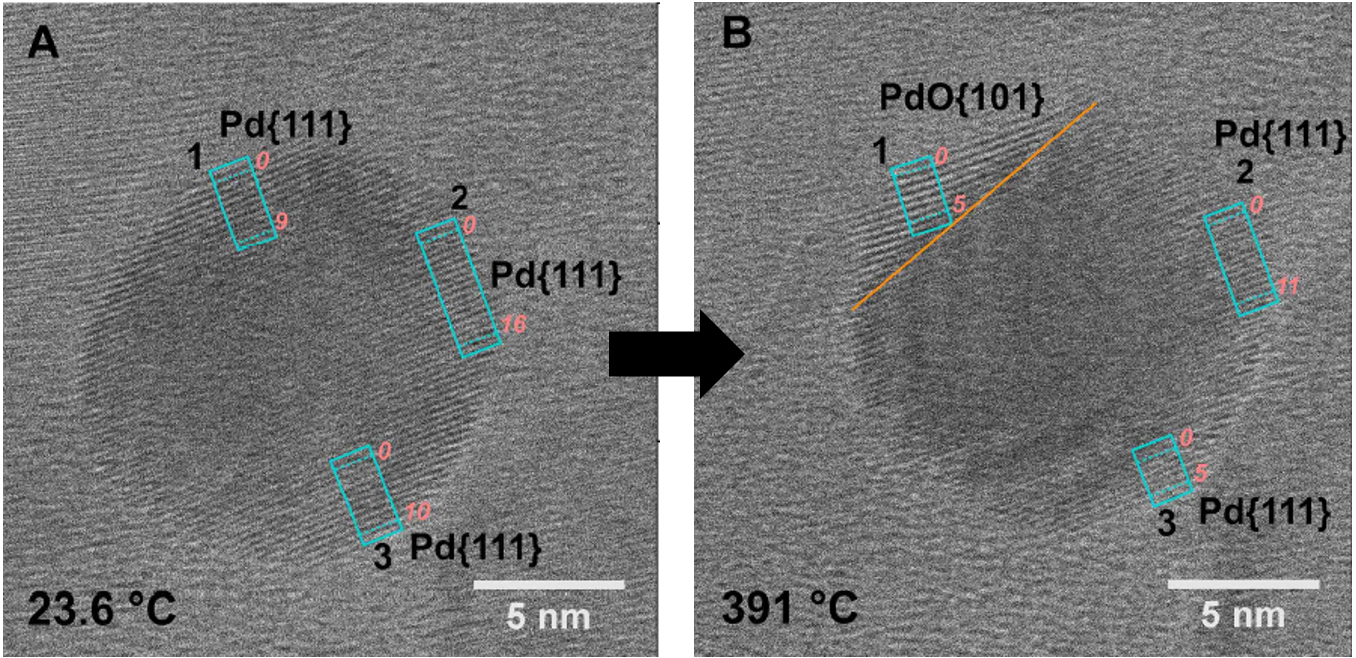
Overview
Developing efficient processes of resolving environmental and energy problems are among the primary goals in sustainability. Nanoscale engineering of materials with desired catalytic properties is crucial to technological advancements in these fields. The ability to tailor and tune matter at the nanometer scale is scientifically interesting and technologically important. We develop new synthetic strategies for advanced materials with controlled size, shape, and structure using colloidal chemistry and template-directed synthesis. The properties of nanomaterials can indeed substantially deviate from their respective bulk materials because of the unique structures. These well-defined functional materials will enable the development of new chemical conversion processes.

The concept of “control, understand, and improve” will be established in developing advanced nanomaterials. Being able to synthesize uniform structures and identify the active ones that are responsible for the catalyst performance is a crucial task (control and understand). Once the active sites are known, it is then possible to engineer catalysts with a higher density of those specific active sites (improve). In this way, we aim to develop a class of nanomaterials with a high density of active sites to steer the reaction pathways.

Ongoing projects
Project 1: Precision synthesis of nanomaterials for conversion of CO2 to fuels
Continuous increase of the atmospheric CO2 concentration is becoming one of the biggest contributors to global warming and ocean acidification and thus is putting global and local economies under enormous pressure. In addition to reducing manmade carbon emissions, it becomes increasingly important to figure out how to remove carbon dioxide directly from the atmosphere. As a new direction of sustainable energy development, catalytic conversion of CO2 can be a elegant strategy counter the CO2 challenge. The effective implementation of CO2 capture and its conversion to value-added chemicals allows the creation of a sustainable carbon cycle. The efforts in this project include i) Design uniform and tailored nanomaterials with high activity for CO2 catalytic reduction. ii) Correlation of morphology/structure to catalytic function during catalysis. In this way, we aim to develop a class of nanomaterials with a high density of active sites to steer the reaction pathways.
Project 2: Precision synthesis of nanomaterials for conversion of plastics to fuels
Plastics have become indispensable materials in a wide range of industries and are produced on a large scale. Nonetheless, the utility of single-use plastics has imposed an enormous environmental threat, and recycling has proven challenging. Therefore, demands for technologies that effectively upcycle plastics into higher value chemicals and thus shift from linear to circular economy are increasing rapidly. Chemical recycling by means of heterogeneous catalysis is a potential strategy of upcycle plastics waste, especially of polyolefins, to smaller and more valuable products. Hydrogenolysis is a promising method of cleaving the strong C-C bonds in polyolefins to produce liquid-range n-alkanes in the presence of hydrogen gas. In this project, we will synthesize noble metal nanoparticles with well-defined structures and disperse them on a variety of supports with varying acidity and structure. The routes to selectively depolymerize polyolefins will be identified. Further, the effect of support structure and acidity on the depolymerization of polyolefins will be investigated.

Project 3: Understand the surface evolution of catalysts under reaction conditions

In this project, we aim to connect reactions in controlled lab conditions with realistic environments and understanding complex environmental processes. In reactive environments, the surfaces of most materials likely undergo restructuring in response to the surrounding gaseous reactants. Such changes in geometrical and electronic structures profoundly affect the activity and selectivity of catalysts. The utilization of in-situ/operando diagnosis techniques allows us to identify the active sites which are responsible for the special catalytic application. Therefore, we seek to investigate nanomaterials in project 1 and 2 through examining their surface restructuring under relevant gas pressures and reaction temperatures. In this work, we will use in situ diffuse reflectance infrared fourier transform spectroscopy (DRIFTS), environmental-TEM, ambient pressure-X-ray photoelectron spectroscopy (AP-XPS) and other in situ/operando characterizations to address the issue of directly correlating the structure of the catalysts with their function for catalysis. Meanwhile, these in-situ/operando techniques provide an initial view of the mechanism and determine kinetic rates.